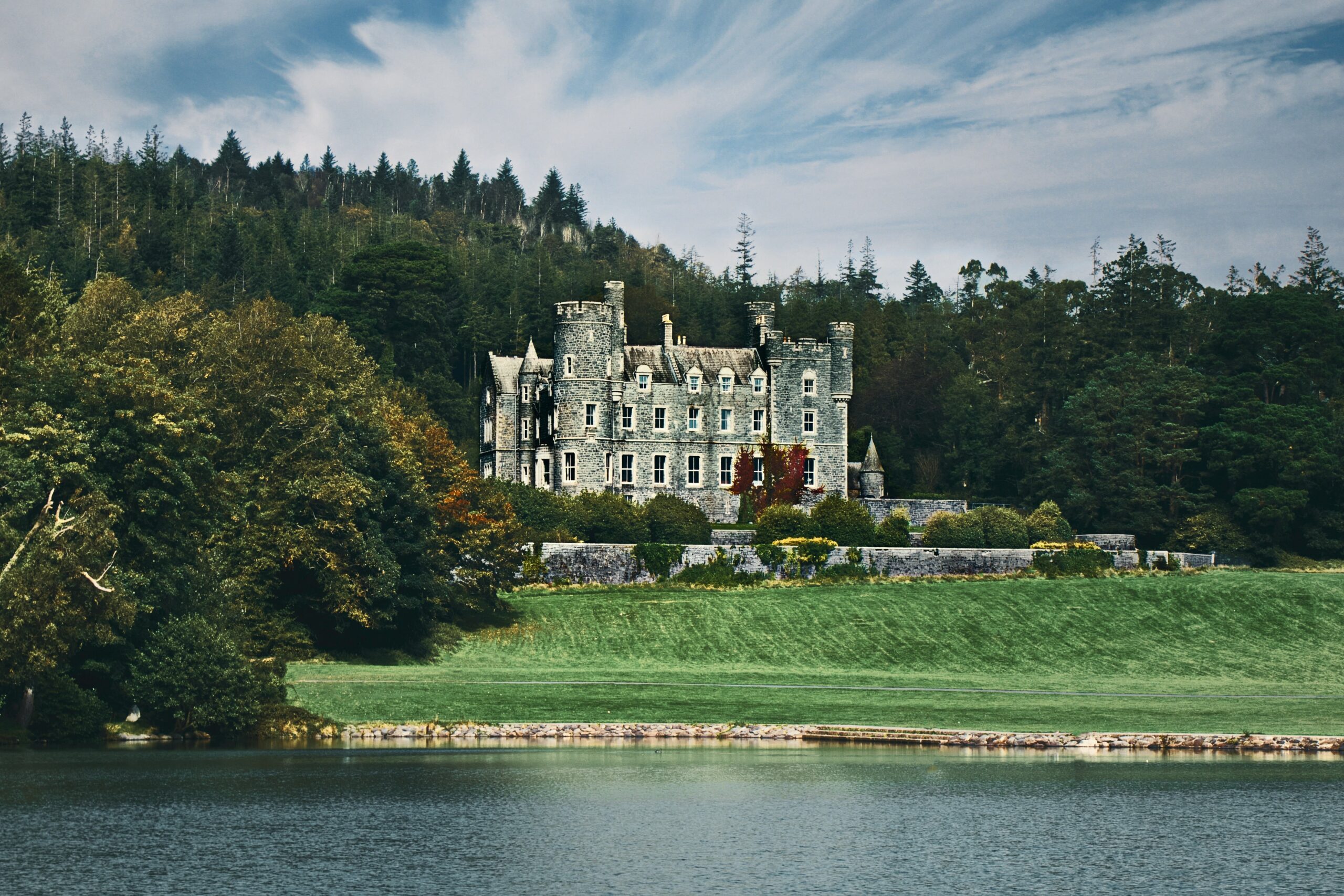Since Ireland first became a Hollywood movie location in ‘The Quiet Man’ they have had a particular kind of visitor known as The Screen Tourist coming to our shores. In recent years, this has exponentially grown due to the latest Star Wars and Game of Thrones being filmed here. Bord Failte has noticed a whole range of new tours and products related to these productions being laid on for the current wave of screen tourists. This has definitely included the wedding package. Ireland is seeing a huge influx of American couples whose imaginations have been captured by Ireland and its landscape and have chosen its green pastures as their ideal wedding location. Some of them are elopements with no guests and others bring their entire wedding party over and make a holiday out of it. For the Game of Thrones fans, some even want to have a celebrant who had a speaking part in one of the seasons, such as Neill Fleming who played Karstark in ‘A man With Honour’ episode in 2012.
Celtic traditions around the world
Of course, there is something quite Irish about most weddings around the globe as many of Ireland’s wedding traditions have been adopted worldwide. Some have died out in recent years while others have stood the test of time and have evolved and changed over the years. They often appear with a modern twist in the context of contemporary marriages. Here are some of the favorites:
Handfasting or Tying the knot
The Handfasting Ceremony offers a very ancient and traditional aspect to the ceremony and having it in locations like Glendalough, Killarney National Park, The Cliffs of Moher, The Burren, Giant’s Causeway, Glenlo Abbey, and the Irish Castle venues give a wedding day a sense of heritage, history, and timelessness.
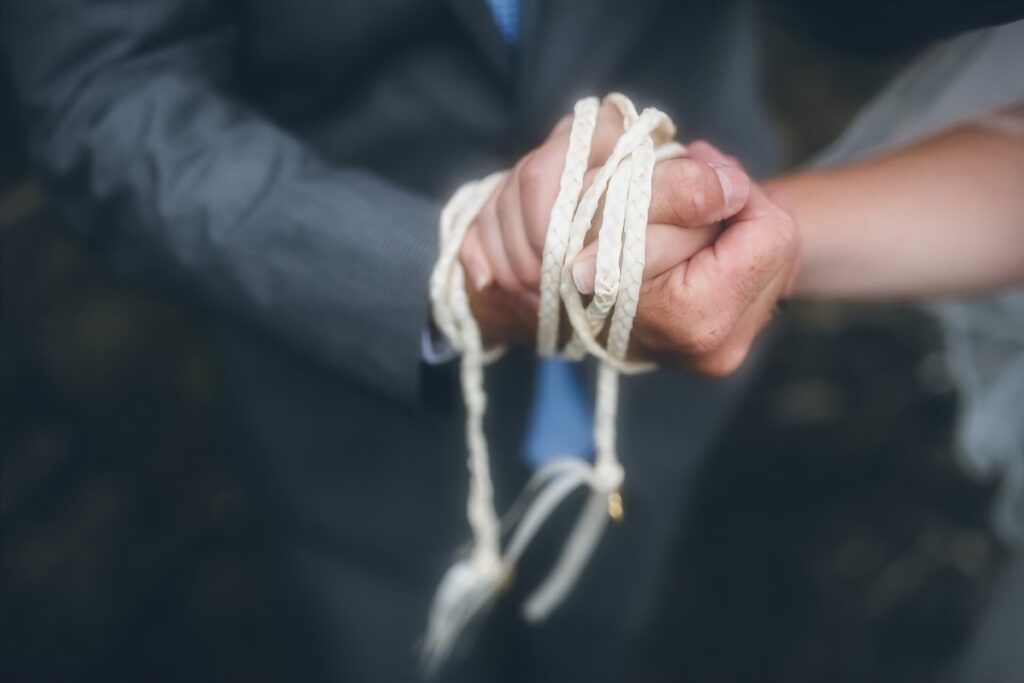
In Ireland, this was the oldest type of wedding ceremony. It was overseen by the local lawyer, druid, poet, or person of high standing in the community. Many Handfastings were celebrated at the Teltown games in Meath on the festival of Lughnasa. The ritual involves wrapping the hands of the bride and groom in ribbon, sometimes a keepsake will be used along with the ribbons. The knot represents the union of love which grows stronger under pressure. Even Kate and William included a Handfasting as part of their royal wedding ceremony in 2011.
Wedding Bells
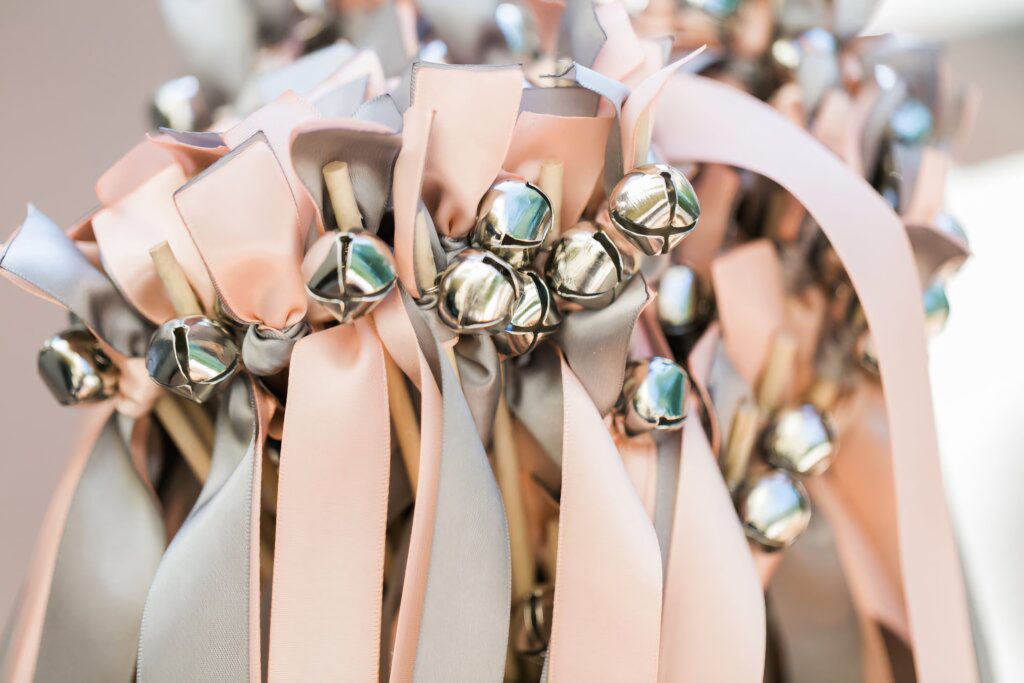
Aside from the chimes of the church bells in many cultures, it has been a belief that sound disperses evil or negative spirits. In ceremonies of old in Ireland, often the congregation was given small bells to ring during the marriage rites. The tradition has crept into modern times with the inclusion of bells worn as charms on jewelry and used in table decorations. Some couples now walk down the aisle to the sound of their guests ringing small bells to send them on their merry way.
Horse-shoes
In ancient Greece, the horseshoe was thought of as similar to the crescent moon and they believed that it was a fertility symbol. The Irish also have a very old tradition of hanging horseshoes over a hearth or over a door for good luck. Later traditions involve horseshoes being made out of porcelain or fabric and used as part of the bouquet. The horseshoe is often found also on the bride’s garter.
The Honeymoon
Mead or honey wine is ancient alcohol made by our Celtic ancestors. It was used in feasts and celebrations and still exists today and is sold commercially. For one month after marriage, the bride and groom would drink this honey wine every night as it was meant to help their virility and improve their chances of conceiving. This tradition spanned all across Europe in medieval times.
The Claddagh Ring
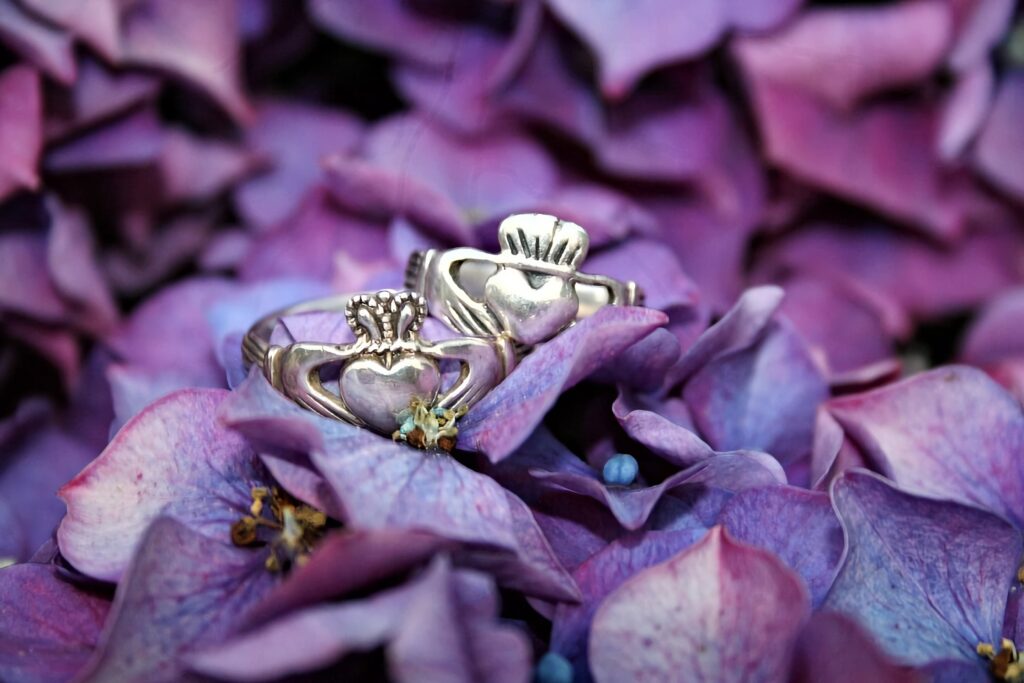
It was very common for a Gold Claddagh Ring to be used at an Irish wedding, most often by the Groom. The ring is faced out prior to the wedding and reversed to face inwards after the wedding, indicating that the bearer is taken forever! The Claddagh Ring is one of the most widespread symbols of Ireland and is very much associated with marriage and romance. It is now worn by courting couples to denote their commitment or worn facing outward by single people to show availability.
The Gushy
Common in both Ireland and Scotland, this custom involves the Bride’s father throwing a handful of change on the ground in front of her as she is leaving the family home, all the children scramble for the change shouting ‘Gushy’. It was thought that this would bring good fortune to the marriage. In Scotland, it is known as the ‘Warsel’.
Jumping the Broom
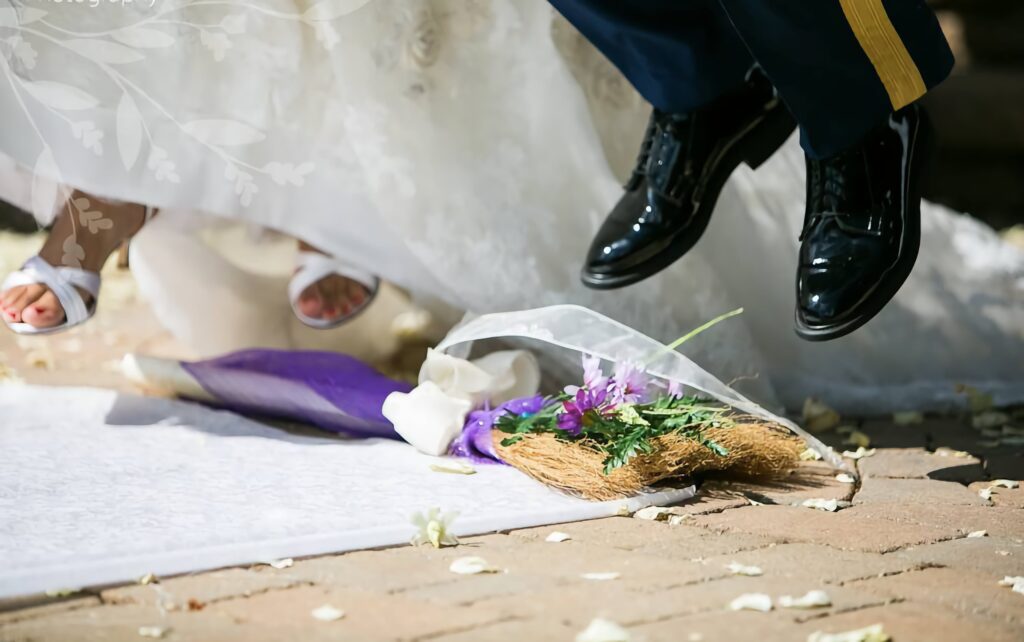
This tradition was practiced by the Romany culture, The Scottish, and The Irish and even spread as far as Africa. Its origins are unknown and different cultures ascribe different meanings to the Broom. In the pagan tradition, it was thought that the handle represented the male principal and the brush the female principal. Together they represented the perfect unity of masculine and feminine and were a symbol of fertility. In Scotland, the couple would have to jump over the broom which leaned across the doorway of their new home. If they could cross the threshold without knocking the broom this was a good omen for their life ahead, if not they were in for stormy seas ahead. In more modern times after the registration of legal marriage was practiced a broomstick marriage meant a marriage outside of the law or a ‘common’ marriage. Jumping the broom has found new popularity with couples using customized decorated brooms and hanging them in their homes afterward as keepsakes. It is done as part of the recessional down the aisle.
Uilleann Pipes and Kilts
Irish families often have family members who are in pipe bands. So it’s not unusual for them to be asked at a wedding to pipe for the mass or at dinner. Popular tunes are the “Highland Fling” and the “Stack of Barley,” as well as other jigs, reels, and hornpipes. Not only do they sound good, but they also look good too. Most pipers wear Celtic kilts — plaid skirts that their ancestors wore in medieval times. The Irish weren’t allowed to wear them during British rule, however, we have seen a resurgence in family crests and plaids being used by Irish families.

